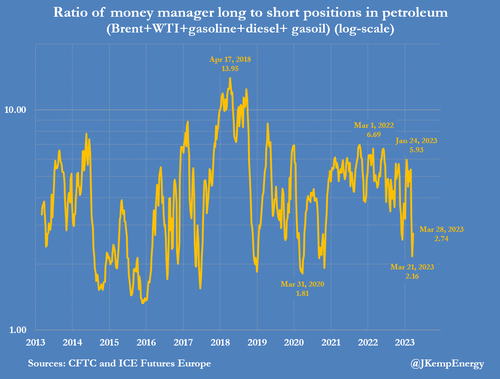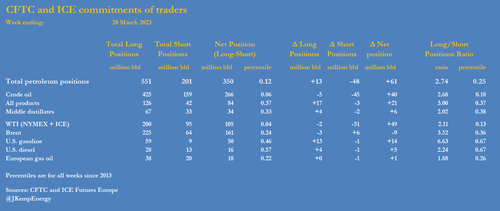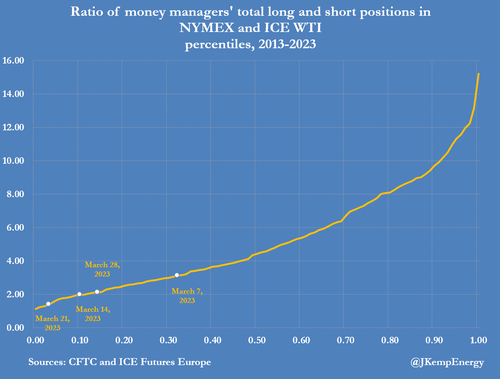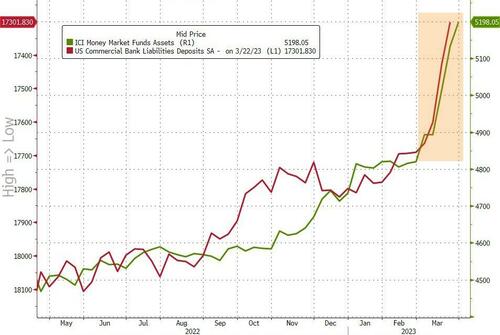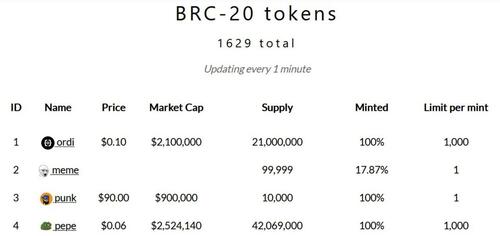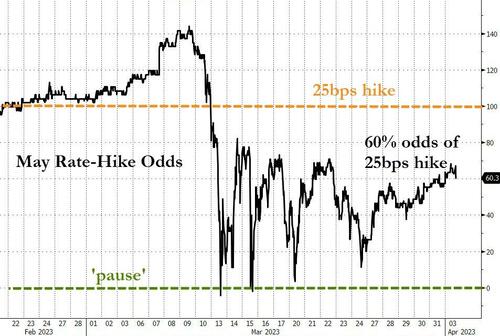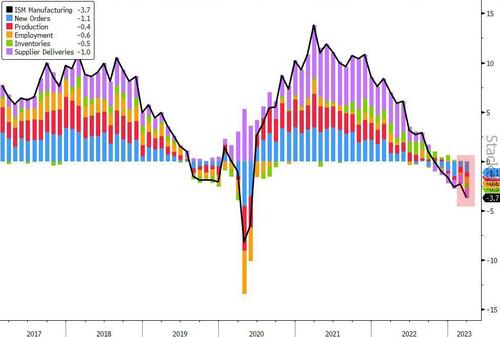Twitter Algorithm Reveals Tool For Government Intervention
Authored by Eric Lendrum via American Greatness,
A researcher claims to have found a tool allowing for government intervention in Twitter’s algorithm, upon Elon Musk’s decision to allow the algorithm to become open sourced to the public.
Breitbart reports that Musk honored his promise on Friday by releasing a portion of Twitter’s recommendation algorithm on the website GitHub, where computer programmers often go to share and collaborate on work dealing with open-source code.
Web developer Steven Tey then claimed to have discovered a particular mechanism within the code that allows the U.S. government to make changes to the website’s algorithm.
“When needed, the government can intervene with the Twitter algorithm. In fact, @TwitterEng (Twitter Engineering) even has a class for it – ‘GovernmentRequested,” Tey tweeted, including a link to the code on GitHub.
7. When needed, the government can intervene with the Twitter algorithm.
In fact, @TwitterEng even has a class for it – “GovernmentRequested”
Source → https://t.co/R1rpNHMDuO pic.twitter.com/YmavVJ8szi
— Steven Tey (@steventey) March 31, 2023
Upon purchasing Twitter for $44 billion in October, Musk vowed to increase transparency and loosen restrictions on certain speech and accounts that had been imposed by previous leadership. One of his goals was to make the algorithm open source for public viewing; he later said that “our ‘algorithm’ is overly complex & not fully understood internally,” and that “people will discover many silly things, but we’ll patch issues as soon as they’re found!”
In addition, Tey discovered that the algorithm takes such factors into account as following-to-follower ratio when determining which users to promote; users with a low number of followers but a high amount of followed accounts would be negatively affected.
1. Your following-to-follower ratio matters.
Twitter’s “Tweepcred” PageRank algorithm reduces the page rank of users who have a low number of followers but a high number of followings.
Source ↓https://t.co/CRXVOhYdE9
— Steven Tey (@steventey) March 31, 2023
The algorithm also promotes those who are subscribed to the “Twitter Blue” program, where users must pay $8 a month for a blue checkmark signaling that their account is “verified.” These users are subsequently put into different categories, including “power users,” “Democrats,” and “Republicans.”
The discovery of the government intervention tool is just the latest example of controversy surrounding Twitter’s relationship with the federal government prior to Musk’s takeover. In his signature transparency effort, Musk has been periodically releasing information about Twitter’s past leadership, in the form of screenshots of emails and other forms of correspondence, revealing the levels of collusion between Twitter executives and government officials, often for the purpose of targeting conservative users. The information would be given to independent journalists and shared in extensive Twitter threads, becoming known as “The Twitter Files.”
Tyler Durden
Mon, 04/03/2023 – 12:25
via ZeroHedge News https://ift.tt/slE8efY Tyler Durden



